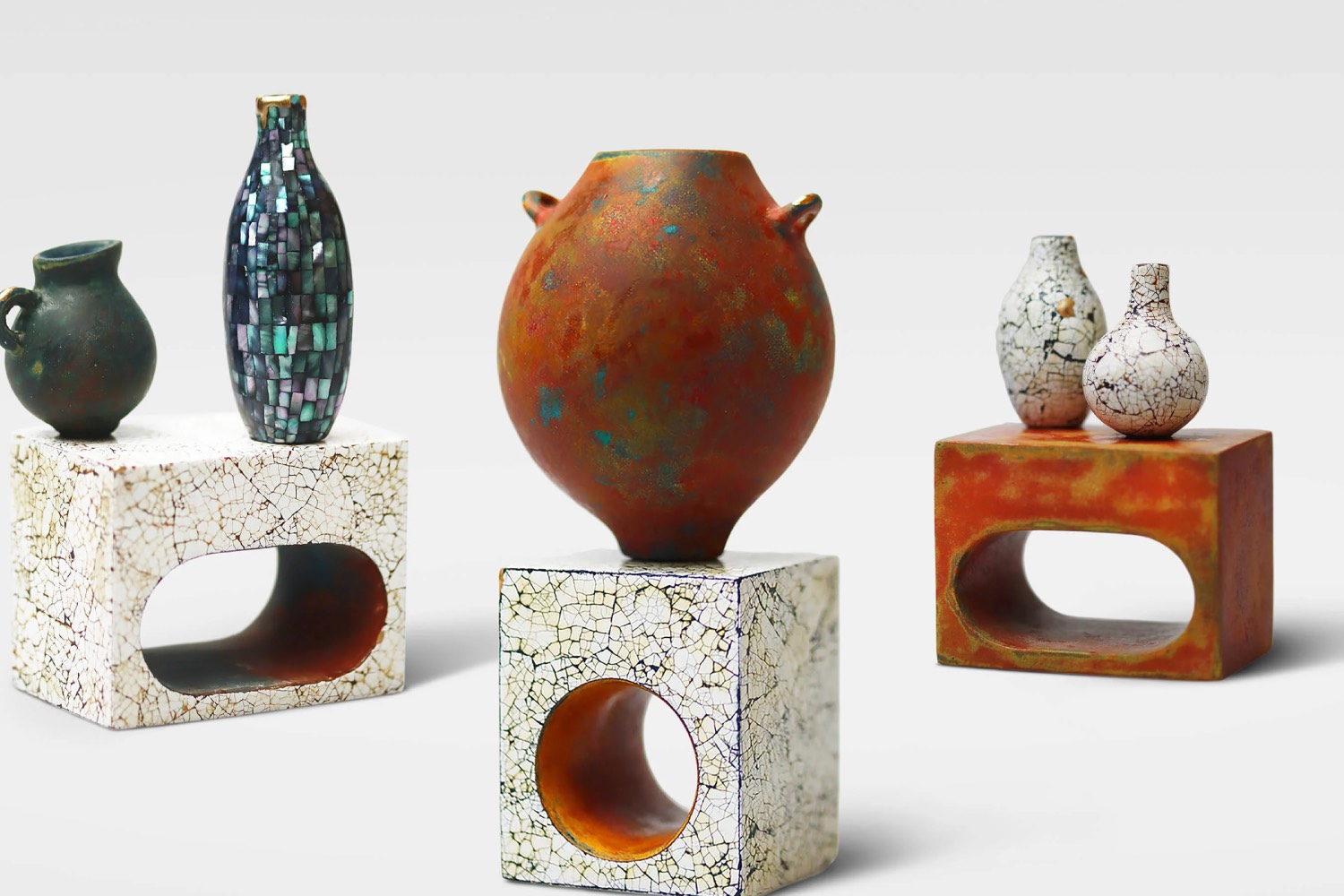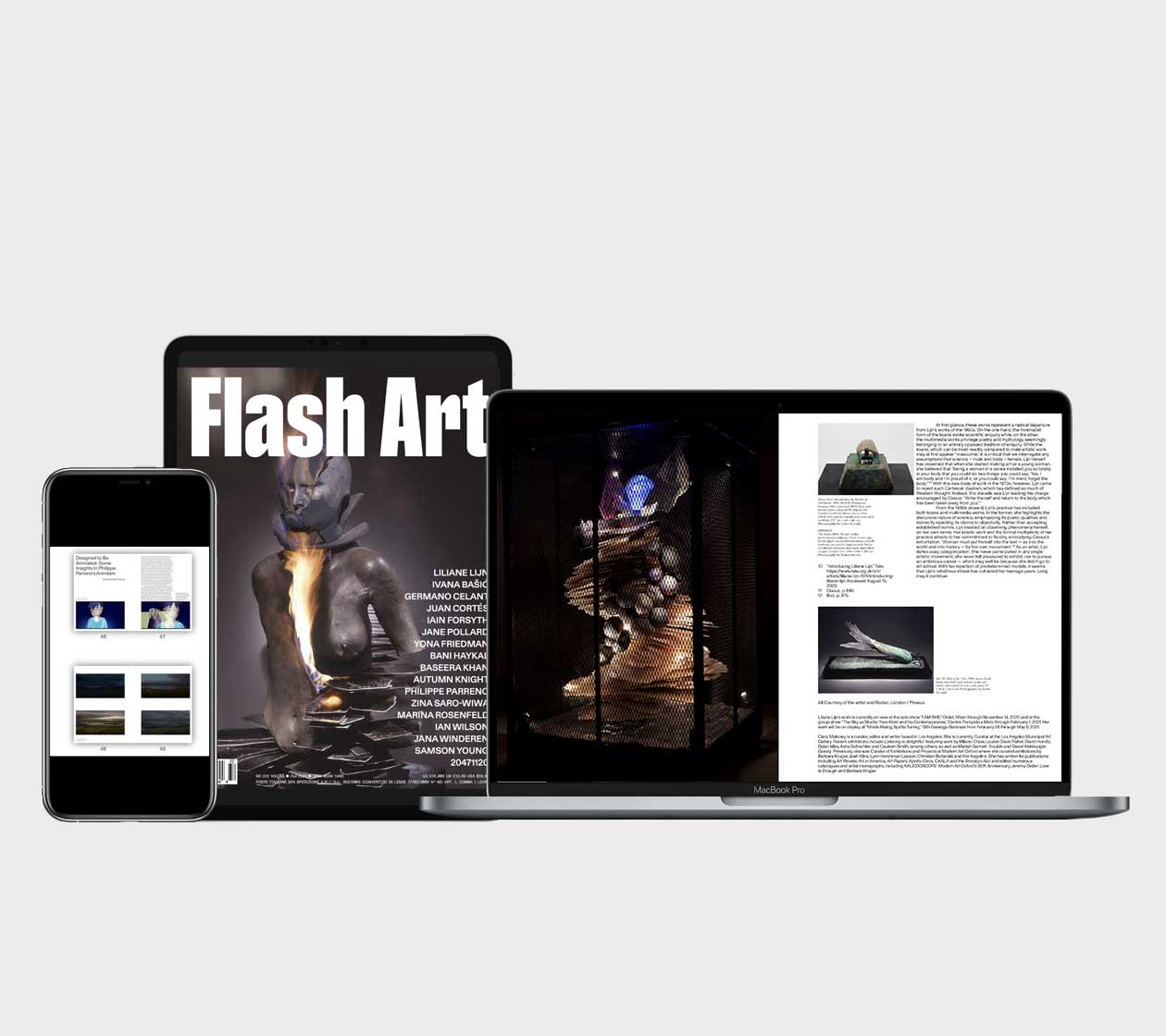
Rethinking the history of a brand is a complex and risky exercise. It’s easy to make mistakes, to underestimate or overemphasize the past, to get carried away with exaggerated ambitions during a relaunch, or to succumb to personal myths of passion and style. The easiest thing is to reproduce the archive and miss the contemporary moment, to talk about craftsmanship and become folkloric, to replicate successful models and not get past the first season. Fashion has the advantage/disadvantage of aging quickly, with an obsolescence that not even technology and digital have.
Therefore, building a sense and digging daily into the depths of producing beauty—in fashion as in art, in design as in architecture—today requires time and great clarity. Jonathan Anderson has tackled these themes unexpectedly with his adventure at Loewe. Initially considered an outsider, he has moved the history of a historic brand into a new dimension, without betraying its tradition but renewing it for a new audience and a new historical moment. With a courage that has been rewarded by the quality of what we see. Which encompasses cinema, art, and contemporary art. His manic and poetic attention to making things by hand is a way of rethinking handcrafting, making it active and important. In Anderson, there is always a philosophical poetry that drives him to explore the theme of craftsmanship without shortcuts but always with surprise and a deep sense of discovery.
Discovering the human intelligence applied to production by inventing new forms and materials. Reuse, recycling, often of everyday materials, Anderson loves this process of innovation. And he remains surprised by it. As do we all.
The LOEWE FOUNDATION Craft Prize represents this enhanced dimension of thought where one can discover the diversity of the world and independent production. An incredible journey through latitudes and longitudes that since 2016 has called thousands of makers each year to confront a jury, culminating in an exhibition in a capital city. Last year New York, this year Paris. Indonesia or Chile, Korea or New Zealand, it doesn’t matter. Meeting the artisan artists, their works, and their materials—wood, ceramics, textiles, metals, paper—is a privilege that this award show uniquely grants.
“Craft is the essence of LOEWE. We are about craft in the purest sense of the word. This is where our modernity lies and it will always be of great relevance.” Jonathan Anderson, creative director of LOEWE. This year the award went to Andrés Anza (born in 1991, Mexico), for the work “I only know what I have seen,” 2023. Anza was chosen from 30 finalists by a prestigious jury composed of prominent figures from the worlds of design, architecture, journalism, criticism, and museum curation, including Patricia Urquiola, Magdalene Odundo, Minsuk Cho, Olivier Gabet, and Abraham Thomas. All 30 selected works are exhibited at the Palais de Tokyo in Paris from May 15 to June 9, 2024. The Jury awarded three special mentions: Miki Asai (1988, Japan) for the work ‘Still life,’ 2023, Emmanuel Boos (1969, France) for the work ‘Coffee Table ‘Comme un lego,’ 2023, and Heechan Kim (1982, Republic of Korea), for the work ‘#16,’ 2023.
What does this prize teach us? That much innovation is still possible and that the fashion system has a great active responsibility in contemporary times. Because it can create, better than many other systems, platforms for new languages, integrating human, social, and artistic diversity, which is the truly underestimated heritage we have.


